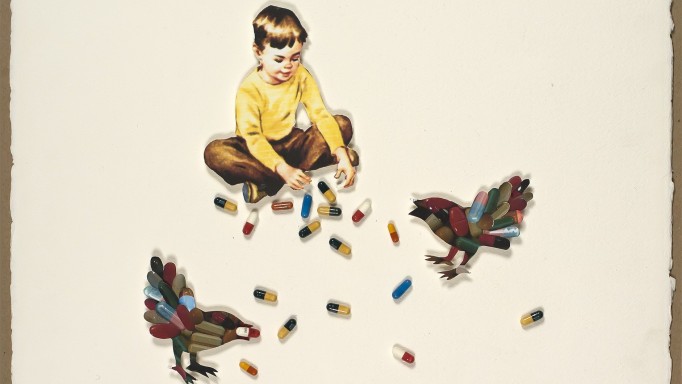Antiretroviral therapy not only helps people living with HIV, it also plays a role in preventing acquisition of the virus.
Post-exposure prophylaxis (PEP) involves taking a short course of antiretroviral drugs, usually for a month, after a high-risk exposure. To be most effective, PEP should be started immediately after possible exposure, waiting no more than 72 hours.
Unlike pre-exposure prophylaxis (PrEP), which is taken in advance of potential exposure, PEP requires a full combination antiretroviral regimen. The latest guidelines, last updated in 2016, recommend a 28-day course of raltegravir (Isentress) plus tenofovir disoproxil fumarate/emtricitabine (Truvada or generic equivalents).
If you suspect a high-risk exposure to HIV—for example, having condmless sex or sharing needles with an HIV-positive person who has an unsupppressed viral load—contact your health care provider or local hospital emergency room as soon as possible.
Click here for the POZ HIV Prevention Drug Chart for info on the available options for PEP.
Last Reviewed: March 28, 2024














